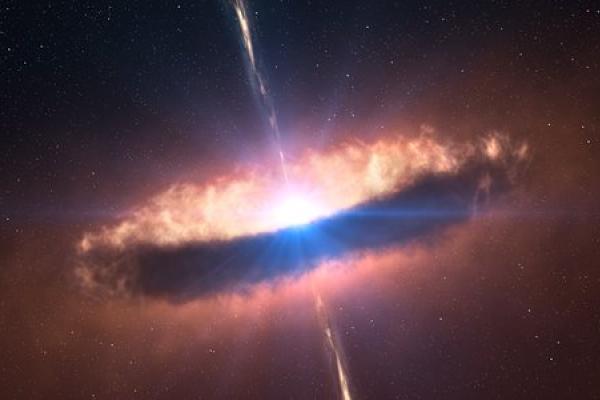
Title: A Massive Star is Born: How Stellar Feedback Limits Accretion onto Massive Stars
Massive stars play an essential role in the Universe. They are rare, yet the energy and momentum they inject into the interstellar medium with their intense radiation fields and fast, isotropic radiatively-driven winds dwarfs the contribution by their vastly more numerous low-mass cousins. This stellar feedback dominates the energy and momentum budget in star-forming regions and galaxies, which has important implications for both star and galaxy formation. Massive stars form from the gravitational collapse of magnetized, dense, and turbulent molecular gas in Giant Molecular Clouds (GMCs). During their formation, feedback from their intense radiation fields, collimated protostellar outflows, and stellar winds may limit their growth by accretion. In this talk, I will show a series of radiation-magnetohydrodynamic simulations of the collapse of massive pre-stellar cores into massive stellar systems that include these feedback processes to demonstrate how stellar feedback can limit accretion onto massive stars and disrupt their natal environments. I will discuss how outflows control the star formation efficiencies and dynamics of massive protostellar cores and how stellar wind feedback is likely responsible for quenching accretion onto massive stars that form from isolated cores when they reach ~30 Msun. My results suggest that stars more massive than this likely form in regions within GMCs that are supplied mass via large-scale, high ram-pressure dynamical inflows in agreement with observations of massive star-forming regions. Additionally, I will discuss the implications of observing hot adiabatic wind bubbles, a key signature of stellar wind feedback from massive stars, with Chandra while the massive protostars are still highly embedded.
